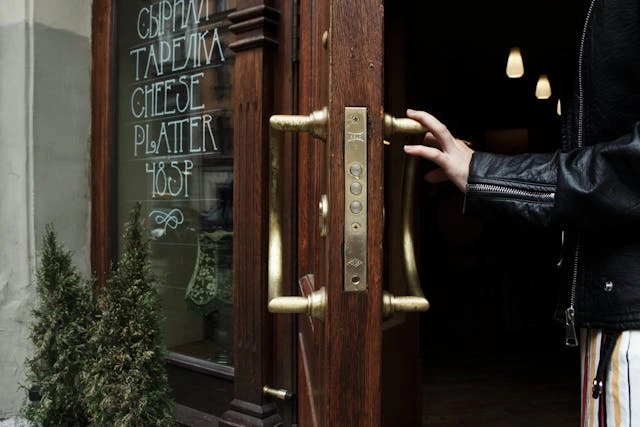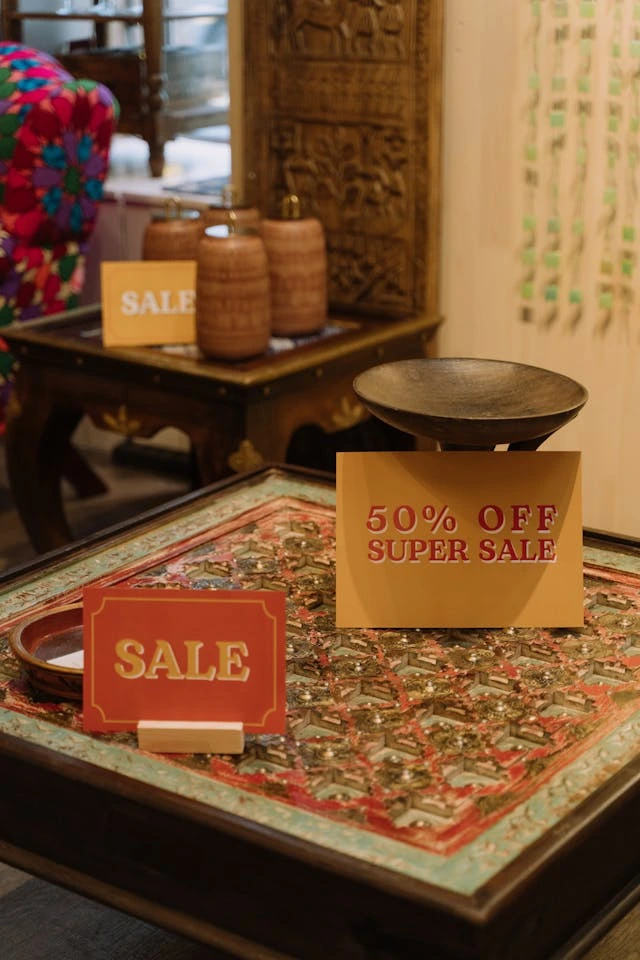How to get more customers into your store: 7 easy steps (+2 extra tips)
Many small companies know the problem: The business is open, the offer is there — and yet it often remains emptier than it needs to be. It is rarely due to the product or the performance. Most of the time, people simply don't know that you exist or why they should stop by right now.
The good news: You don't have to have a huge marketing budget or work on a campaign for weeks. Just small, clear steps are enough to make your business more visible and more people find you.
1. Optimize your Google listing
When someone searches for “baker in [city],” “hairdresser open today,” or “massage near by,” they almost always end up on Google first. That's exactly why your Google listing is the most important digital business card.
Keep it up to date: correct opening times (even on public holidays), fresh photos of you, your team and your shop, and if possible, a small offer post. Many underestimate how much such a simple listing brings more customers into business.
2. Small offers instead of big discounts
You don't have to drastically lower your prices to get visitors. What often convinces people is a clear, small advantage: a “bring a friend” day, a free extra or a weekly campaign such as “Summer promotion: free trial.”
Place this information in all important places: in a Google listing, on a sign outside the door, and at the top of your website. The effect: People can immediately see why it's worth stopping by you now.
3. Create visibility in front of the door
Many businesses look quiet and inconspicuous from the outside. When you walk by, you don't even notice that something is happening. Even a small table with a sample, a visible message such as “Available today without an appointment” or a clear design in front of the shop can stop passers-by.
This is how you turn running audiences into real customers.
4. Make contact as easy as possible
It sounds trite, but many prospects drop out because they can't reach you quickly enough. Make sure that a direct call button is visible everywhere — on the website, in your Google listing, and in your emails.
If you promise to call back (“We'll get back to you within 30 minutes”), it looks professional. And: Keep forms short. Name, contact, concerns — that's all you need.
5. Collaborate with neighbors
A business alone rarely stands out. But when you team up with others, a small magnet is created. For example, two or three stores on the same street can launch a joint campaign: “Today advantage in all three stores — start with [name] . ”
This specifically attracts more people to your street and creates an image of activity at the same time.
6. Post where your customers really are
Not every channel is worthwhile. You don't have to play everything. Ask yourself: Where are your customers already traveling?
Local Facebook groups are active in many cities. A simple post with a current photo and clear information (“Open today until 19:00, small campaign”) is often completely sufficient. A notice in a café or club house can also work wonders. The decisive factor is: not a little bit everywhere, but where it is actually read.
7. Deliver a consistent message
Many small companies make the mistake of appearing everywhere else: sign outside, website, social media — but never the same language or look. It's more confusing than it helps.
A sentence, a color, a symbol that runs through — that's how people immediately recognize you, no matter where they come across you. This recognizability creates trust and ensures that your actions are not lost.
Extra point 8: Collect actions and make them visible
Many try an action here, sometimes there — and then everything is forgotten again. But what sticks in your head? Repetition.
Take a photo of every action, collect it, and use it for flashbacks. Hang up a few pictures in the shop too. This is how customers see: Something happens here regularly. This builds trust — and the desire to stop by more often.
Extra point 9: Turn customers into ambassadors
The best advertisement is when people talk about you. To do this, you need little extras that want to be shared: a special detail that you photograph, packaging that stands out, a humorous sentence on the invoice.
Things like that spread by themselves. And when customers post or talk voluntarily, you reach out to exactly the people you would otherwise miss.
Conclusion
Getting more customers into the store doesn't have to be complicated. Your Google listing, small offers, visible actions outside the door, easy contact channels, cooperation with neighbors and a clear message — these are the basics.
If you also collect your actions and turn customers into ambassadors, your visibility grows all by itself. This is how you get found locally, understand the language of your target group — and turn searchers into real visitors.


